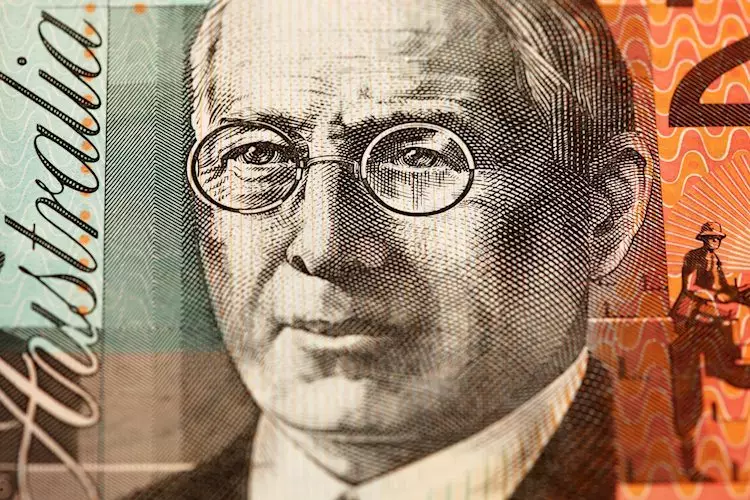The Australian Dollar has shown signs of advancing its gains as the Reserve Bank of Australia (RBA) Minutes indicated that current cash rates are likely to remain for a longer period. This suggests that a rate cut in the near future is unlikely. RBA’s August Meeting Minutes have played a significant role in boosting the Australian Dollar against other major currencies.
On the other hand, the US Dollar may receive support from caution ahead of the Federal Open Market Committee (FOMC) Minutes release. The CME FedWatch Tool has indicated a decrease in the market’s expectations for a 25 basis points Fed rate cut in September, down to 67.5% from 76% a day earlier. This shift in expectations is likely to strengthen the US Dollar in the short term.
China’s efforts to boost its real estate market by allowing local governments to use special bonds to purchase unsold properties have raised concerns about the impact on the global economy. With local authorities already utilizing a significant portion of this year’s bond allocation, the potential redirection of funds towards home purchases could have ripple effects on international markets, including Australia.
Central bankers from different countries have expressed varying views on interest rate policies. While some, like Minneapolis Fed President Neel Kashkari, have called for potential rate cuts due to concerns about the labor market, others, such as Federal Reserve Bank of San Francisco President Mary Daly, advocate for a gradual approach to reducing borrowing costs. These contrasting opinions create uncertainty in the financial markets and impact currency valuations.
The AUD/USD pair is currently trading around 0.6750 and shows signs of an upward trend within an ascending channel. The Relative Strength Index (RSI) is slightly below the overbought territory, indicating bullish momentum. However, the possibility of a correction looms as the pair approaches the upper boundary of the channel. Support levels are identified at the lower boundary of the channel and key moving averages, providing guidance for potential price movements.
The Australian Dollar has experienced significant fluctuations against other major currencies, with the strongest performance observed against the New Zealand Dollar. The heat map of currency exchange rates reflects the percentage changes in value, highlighting the dynamic nature of the foreign exchange market. The upcoming release of the FOMC Minutes will provide further insights into the future direction of US interest rate policy, influencing global currency trends.
The decisions and statements made by central banks around the world have a profound impact on currency markets. From the cautious approach of the RBA to the contrasting views of US Federal Reserve officials, the divergent paths of monetary policies contribute to volatility in exchange rates. Traders and investors must carefully assess these factors and adapt their strategies to navigate the complexities of the global economy.

